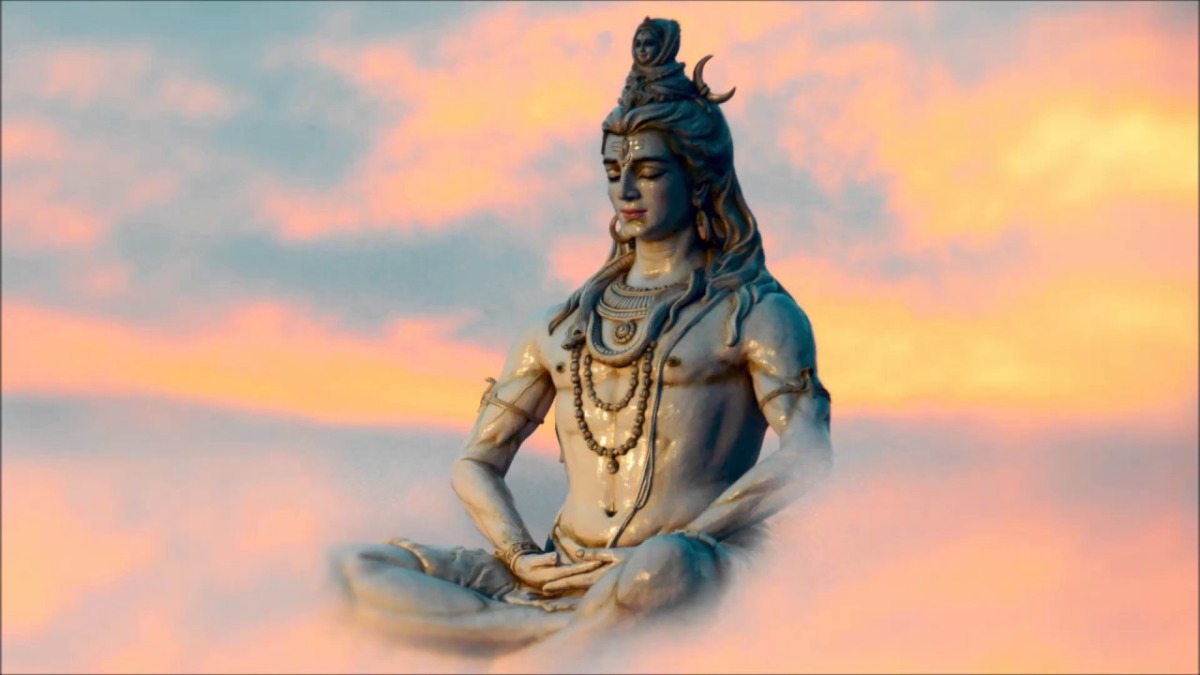
Śrāvaṇa (Sanskrit: श्रावण) is the fifth month of the Hindu calendar. In India’s national civil calendar, Śrāvaṇa is the fourth month of the Hindu year, beginning in late July from the first day of the full moon and ending in the third week of August, the day of the next full moon. In the Tamil calendar, it is known as Āvani and is the fifth month of the solar year. In lunar religious calendars, Śrāvaṇa begins on the new moon and is the fourth month of the year. Srabon (Bengali) is the fourth month of the Bengali calendar. This is also the 2nd month of Varsha (rainy) season.
Sāwaṇ or Sāuṇ is the fifth month in the Nanakshahi calendar. Many Indian calendars started in different eras such as Shaka Calendar (national calendar of India) traditional Vikrama as well as the Nanakshahi calendar which governs the activities within Sikhism. This month coincides with the Sanskrit श्रावण Shraavana in the Hindu calendar and the Indian national calendar, with which it shares derivation, and with July and August in the Gregorian and Julian calendars and is 31 days long, like the Gregorian and Julian calendars. This month is the most humid month of the year in South Asia.
The month of Shravana is very important for the entire sub-continent of India as it is connected to the arrival of the South-West monsoons. For many Hindus, the month of Shraavana is a month of fasting. Many Hindus will fast every Monday to the Lord Shiva and/or every Tuesday to the Goddess Parvati. Fasting on Tuesdays of this month is known locally as “Mangala Gauri Vrat”.
It is believed that on Poornima or a full moon day or at any time during this month, the Shravan Nakshatra or star rules the skies and hence, this month derives its name from this nakshatra.

As per ancient Hindu mythology the Samudra manthan or the churning of the sea was the joint effort of the Gods (Devatas) and the demons (Danavs). According to age old legends, the holy Shravan maas was the one during which the Gods and Demons decided to churn the ocean to decide who among them was the strongest. This was done to please Goddess Lakshmi, the Goddess of wealth. And also so that she would reward them with the nectar from the ocean. The Gods and demons had agreed to share the nectar equally among themselves. Snake Vasuki, who is depicted on Lord Shiva’s neck and Sumeru Parvat were used for the manthan.
It is said that 14 kinds of pious things came out of the ocean. An innumerable amount of gems and jewels along with the poison (Halahal) came out of the sea. But the demons and the Gods were unsure of what to do with the poison, as it had the ability to destroy everything. Lord Shiva then came to the rescue and stored this poison in his throat, which became blue. Hence, earned the name Neelkanth. Lord Shiva gave life to everyone in this world by drinking the destructive poison, this is why this entire month is dedicated to him and is considered very auspicious. The impact of this poison was so strong that Lord Shiva had to wear a crescent moon of his head and all the Devatas or Gods started offering him the holy water from the river Ganges, so that poison is tamed. As these events took place during this month that is why this Shravan month is considered highly propitious.
Shravan is also the month when pilgrims go on “kanwar” journeys. The destination for kanwar journeys are Shiva temples and are ideally done on foot. The most popular destinations are Kashi Vishwanath (Uttar Pradesh) and Deoghar (Jharkhand). Shiva devotees carry holy water from the river Ganga, which hangs on their shoulders with the help of wooden lathis called “kanwar”.
Shravan maas is synonymous with religious festivals and events. It is thus considered a very auspicious time for conducting any Lord Shiva Puja or other religious ceremonies, and all days of this Shravan month are considered very prosperous for beginning any new work or Shubh aarambh.
Shravan Purnima or the full moon day in the Shravan maas is coincides with the Nakshatra or birth star of Lord Vishnu or Shravan Nakshatra and is therefore called Shravan Maas (Shravan month) and is considered highly auspicious. All Mondays in Shravan month are celebrated in Lord Shiva temples. A Dharanatra is hung over the Shiva Lingam filled with Holy water and milk, to continuously bathe the lingam, throughout the day and night. Lord Shiva devotees then offer Bilva leaves, holy water and milk and flowers, also known as Falam toyam and Pushpam patram to the Shiva Lingam every Monday. Devotees fast until sunset and the Akhand Diya burns throughout this time.



0 Comments